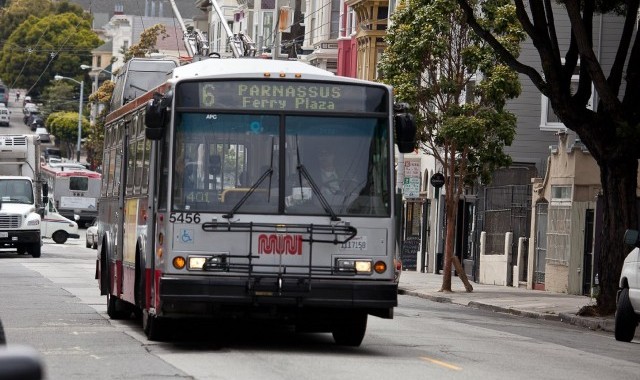
Muni is taking steps to communicate better with its riders by offering email and text alerts, something many other transit agencies, including BART, already offer.
The alerts, which you can sign up for on the SFMTA's website, can be customized, and riders will receive real-time information, including notices when there are service disruptions or special events that affect your commute.
"This way you can customize the service to the time of day that you ride," said SFMTA spokeswoman Kristen Holland.
There are already a number apps like Routesy that offer real-time arrival information, but they don't include service alerts. Holland said the information will mirror what the agency has been posting to its 17,000 followers on Twitter for the last year and a half.
Aaron Antrim, a public transit data consultant based in Portland, Oregon, said transit agencies realize social media alone "appears to be far from an ideal medium for disseminating service alerts." He's written about the issue on his blog.
Antrim, the principal at Trillium Solutions, applauded Muni for reaching out to its riders through texts and email, and said the SFMTA could take things further by switching its real-time data feed for buses and trains to a more universal format. For wonks, that would be transferring from its NextBus XML feed to GTFS-realtime (general transit feed specification) feed, which Antrim said is an industry standard.
